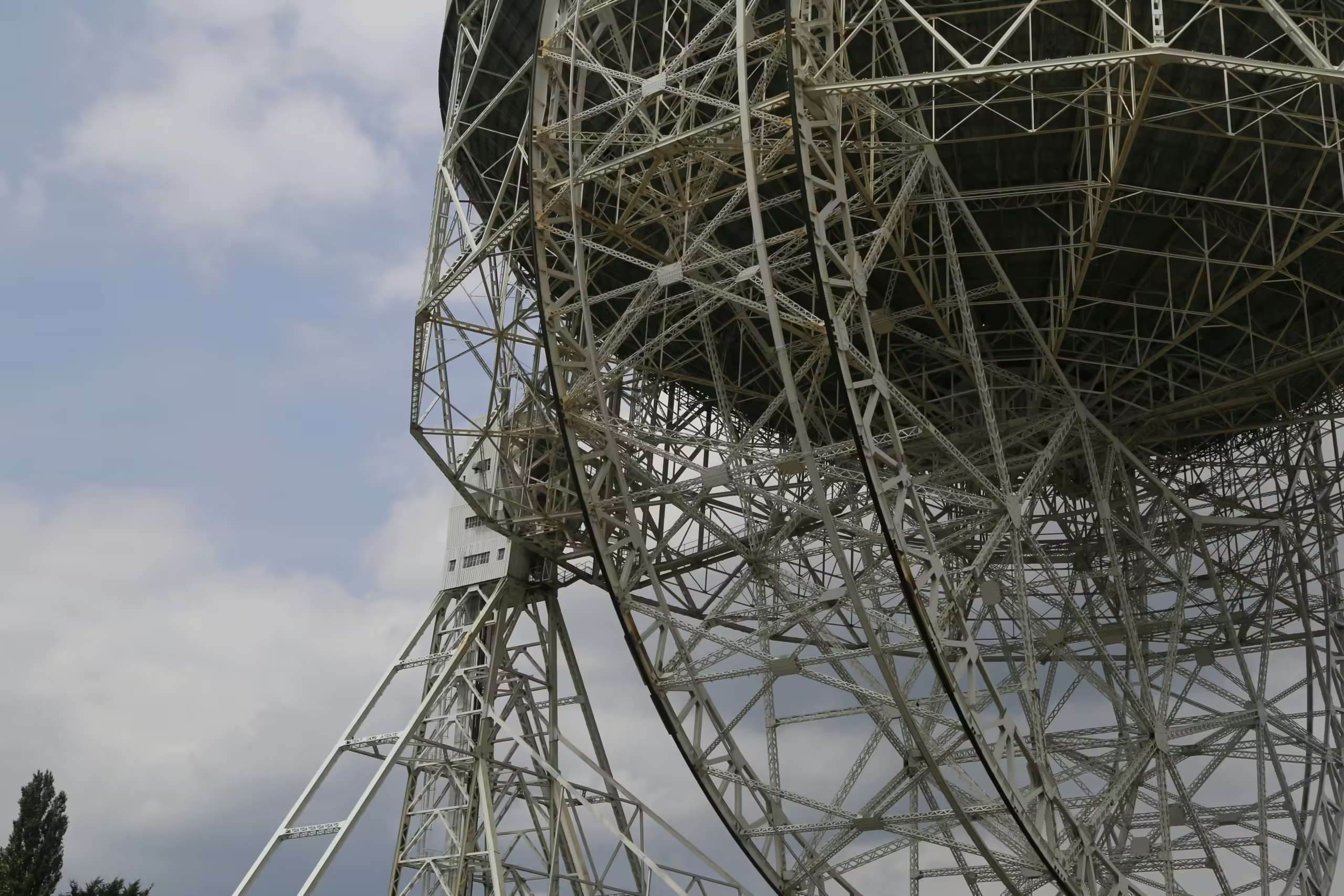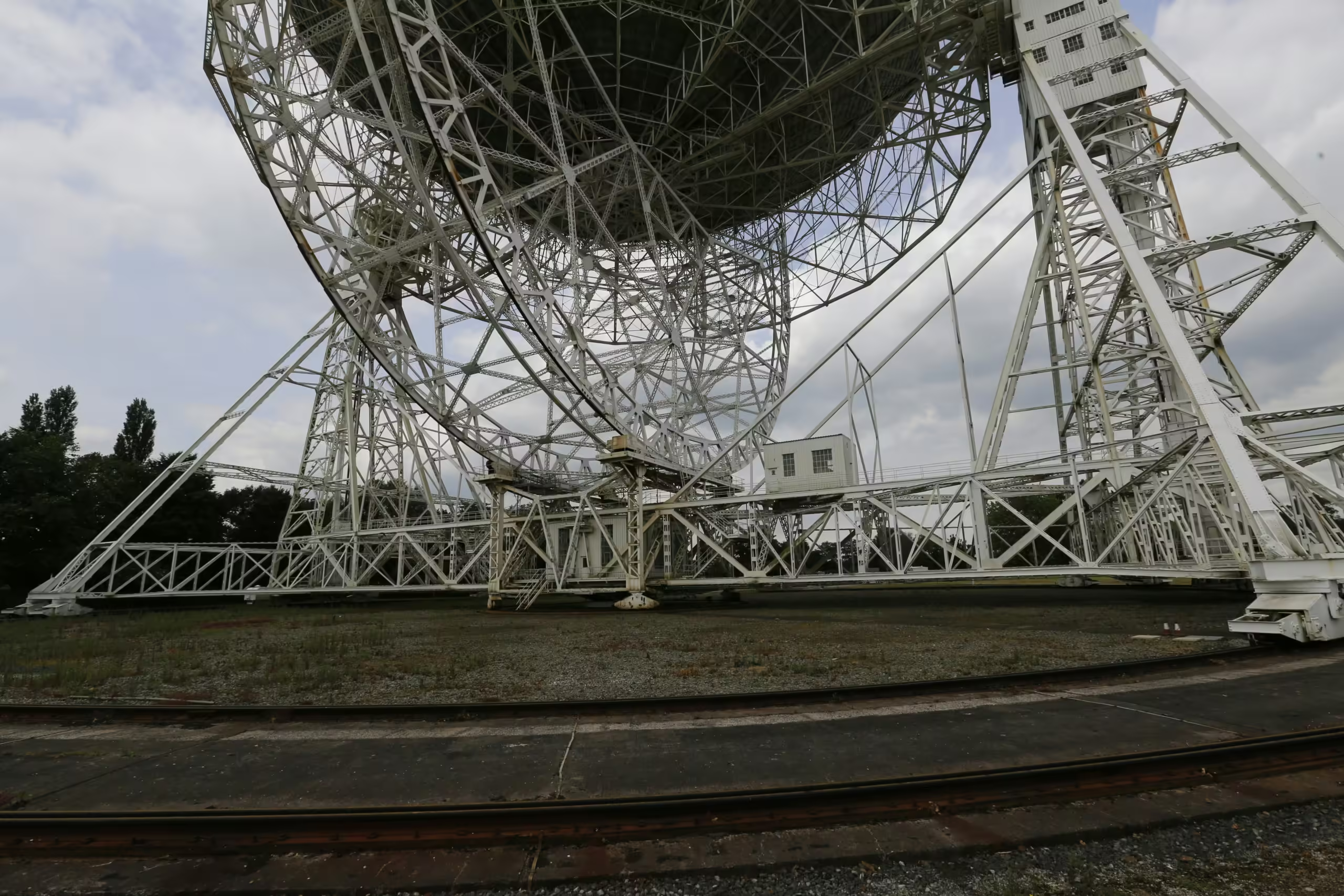A Beginner’s Guide to Finding the Right Telescope. Have you ever found yourself staring up at the night sky, wishing you could get a closer look at those twinkling stars and planets? For many, the desire to explore the cosmos begins with a simple curiosity about the universe. If you’ve ever wanted to take that curiosity to the next level and gaze deeper into space, you’re in the right place. Finding the right telescope can seem like a daunting task, but with a little guidance, you’ll be stargazing in no time.

This image is property of images.unsplash.com.
Table of Contents
Overview
Astronomy is a fascinating and rewarding hobby, offering you a closer view of celestial bodies like the Moon, planets, stars, and even distant galaxies. However, the vast array of telescopes available can make it challenging to choose the right one for your needs. This guide aims to help you navigate the complexities of selecting a beginner telescope by providing you with essential information and practical advice.
Historical Context
The Evolution of Telescopes
The journey of the telescope began in the early 17th century when Galileo Galilei first pointed a crude version of this instrument toward the heavens. What he saw changed humanity’s understanding of the universe forever. Fast forward to the present day, and telescopes have evolved dramatically. You now have access to sophisticated types of telescopes that range from simple refractors to advanced computerized models.
Key Developments
In the early days, telescopes were primarily refractors, using lenses to bend light and form an image. Over time, reflecting telescopes using mirrors became more popular due to their ability to produce clearer images without chromatic aberrations (color fringing). Modern-day telescopes have further diversified, incorporating advanced optics, computer guidance systems, and even smartphone apps to simplify stargazing.
A Beginner’s Guide to Finding the Right Telescope
Current Trends
Digital Integration
Today’s telescopes often come equipped with digital features, such as computerized mounts and smartphone compatibility, which make locating celestial objects easier. This trend has made astronomy more accessible to beginners.
Compact and Portable Models
Another trend is the development of compact and portable telescopes. These are perfect for those who want to take their stargazing on the go or have limited storage space at home.
Key Concepts and Definitions
Aperture
The aperture of a telescope is the diameter of its main optical component (lens or mirror). It determines how much light the telescope can gather and, thus, how well you can see faint objects. Larger apertures generally allow for better viewing of dim objects.
Magnification
Magnification is how much larger a telescope can make an object appear. While high magnification might seem appealing, it’s not always better. A clear, stable image is more important, and this is usually achieved with moderate magnification.
Focal Length
The focal length is the distance between the telescope’s main optical component and the point where it forms an image. This affects both magnification and field of view. Longer focal lengths mean higher magnification but a narrower field of view.
Mount
The mount is what supports the telescope and allows you to point it at various parts of the sky. Altazimuth mounts move up-down and left-right, while equatorial mounts are aligned with the Earth’s axis for easier tracking of celestial objects.

This image is property of images.unsplash.com.
Breaking Down the Types of Telescopes
Refractors
Refractors use lenses to bend light and form an image. They are usually straightforward to use and require little maintenance. They are ideal for observing the Moon and planets but are less suited for faint deep-sky objects due to their smaller apertures.
Pros:
- Easy to use
- Low maintenance
- Great for viewing the Moon and planets
Cons:
- More expensive per inch of aperture
- Limited for deep-sky observations
Reflectors
Reflectors use mirrors to gather and focus light, offering more aperture for your money compared to refractors. They are excellent for deep-sky observations but require regular maintenance like collimation (alignment of mirrors).
Pros:
- More aperture for the price
- Suitable for deep-sky observations
Cons:
- Requires regular maintenance
- Bulkier and less portable
Compound Telescopes
Compound telescopes, or catadioptrics, combine lenses and mirrors to offer the benefits of both refractors and reflectors. They are versatile and often come with computerized mounts. However, they can be more expensive and are somewhat bulkier.
Pros:
- Versatile, suitable for various observations
- Often comes with advanced features
Cons:
- More expensive
- Bulkier
Example 1: A Case Study on Refractors
Consider Jane, a beginner in astronomy who wants to explore the Moon and planets. She opts for a 70mm aperture refractor telescope. Jane finds it easy to set up and use, and she’s thrilled with the clear views of lunar craters and the rings of Saturn.
However, when she tries to view the Andromeda Galaxy, she realizes that the telescope’s small aperture limits what she can see. Jane decides that her refractor is perfect for her initial interests but acknowledges its limitations for deep-sky objects.

This image is property of images.unsplash.com.
Example 2: Reflectors for Deep-Sky Enthusiasts
Paul, another astronomy enthusiast, is fascinated by nebulae and galaxies. He decides on a 6-inch Newtonian reflector. Its larger aperture allows him to gather more light and view fainter objects. After some practice with collimation, Paul is delighted to see detailed views of the Orion Nebula and spiral arms of distant galaxies. He accepts the trade-off of regular maintenance in exchange for stunning deep-sky views.
Comparing Different Points of View
Choosing the right telescope involves considering your specific interests and balancing various factors. Here’s a comparison to help you weigh your options:
| Feature | Refractors | Reflectors | Compound Telescopes |
|---|---|---|---|
| Ease of Use | High | Moderate | High |
| Maintenance | Low | High | Moderate |
| Portability | High | Low to Moderate | Moderate |
| Visual Clarity (Planets) | Excellent | Good | Excellent |
| Visual Clarity (Deep-Sky) | Limited | Excellent | Good to Excellent |
| Price per Inch of Aperture | High | Moderate | High |
Impact Assessment
The impact of selecting the wrong telescope can result in frustration and a lost interest in astronomy. On the other hand, choosing the right telescope can provide a sense of wonder and a renewed appreciation for the universe. By understanding the pros and cons of each type, you can make an informed decision that aligns with your interests and needs.

Future Directions and Implications
Predictions
As technology continues to evolve, we can expect telescopes to become even more user-friendly. Future models may integrate augmented reality (AR) to guide you to celestial objects or offer improved digital sensors for better image clarity. Additionally, as more people take up astronomy as a hobby, the market will likely see more affordable yet advanced options tailored for beginners.
Implications for Society
The rising interest in astronomy fosters a greater appreciation for science and the universe among the general public. Educational programs and public observatories may increasingly incorporate these advanced, user-friendly telescopes to engage a wider audience. The implications of such advancements are significant, potentially inspiring the next generation of scientists and astronomers.
Interactive Technology in Telescopes
Future telescopes may also harness artificial intelligence (AI) to automate many functions, making them even more accessible. Imagine a telescope that automatically aligns and tracks celestial objects, providing real-time information through a connected app. These developments can revolutionize amateur astronomy, making it an even more enjoyable and educational pursuit.
Concluding Thoughts
In conclusion, selecting the right telescope hinges on understanding your specific interests and the features that cater to them. Whether you’re captivated by the craters on the Moon, the rings of Saturn, or the faint glow of distant galaxies, there’s a telescope out there for you. Remember, the goal is to enhance your stargazing experience, turning your curiosity into a lifelong journey of astronomical discovery.
To summarize today’s discussion, we walked through different types of telescopes, compared their features, and provided real-life examples to guide your decision. Each type of telescope has its strengths and weaknesses, and the best choice depends on your personal interests and requirements.
Now that you have all this information, what do you think is the best telescope for beginners like you? Feel free to visit more internal links for additional details and telescope recommendations. Happy stargazing!

Best telescopes for beginners 2024: Bargain models to observe the cosmos
